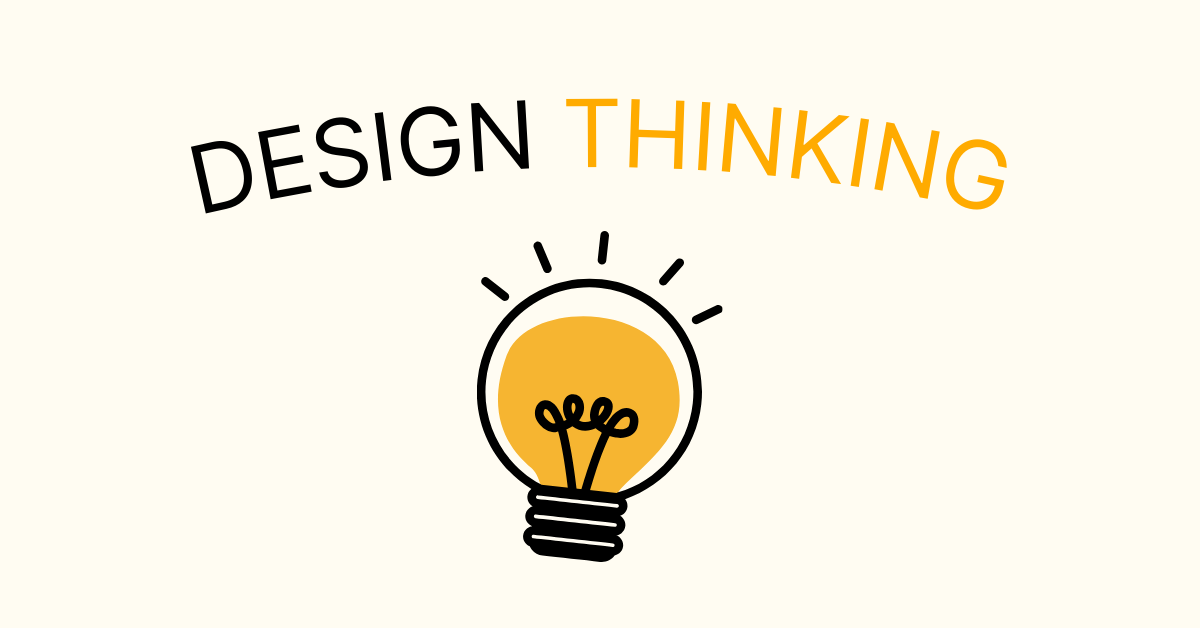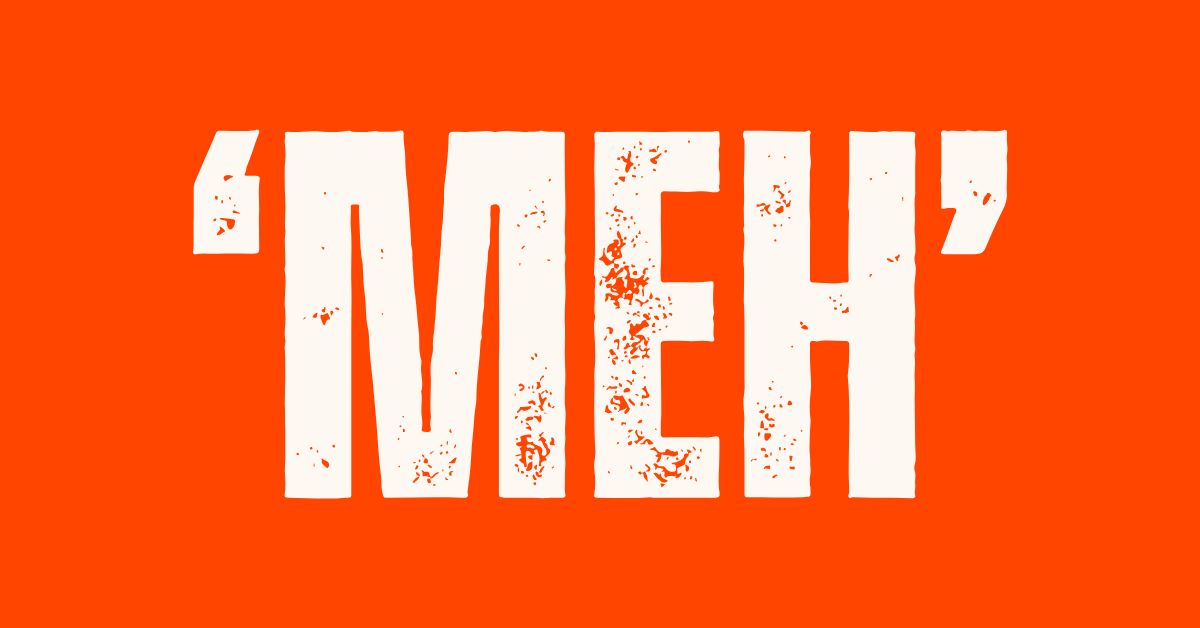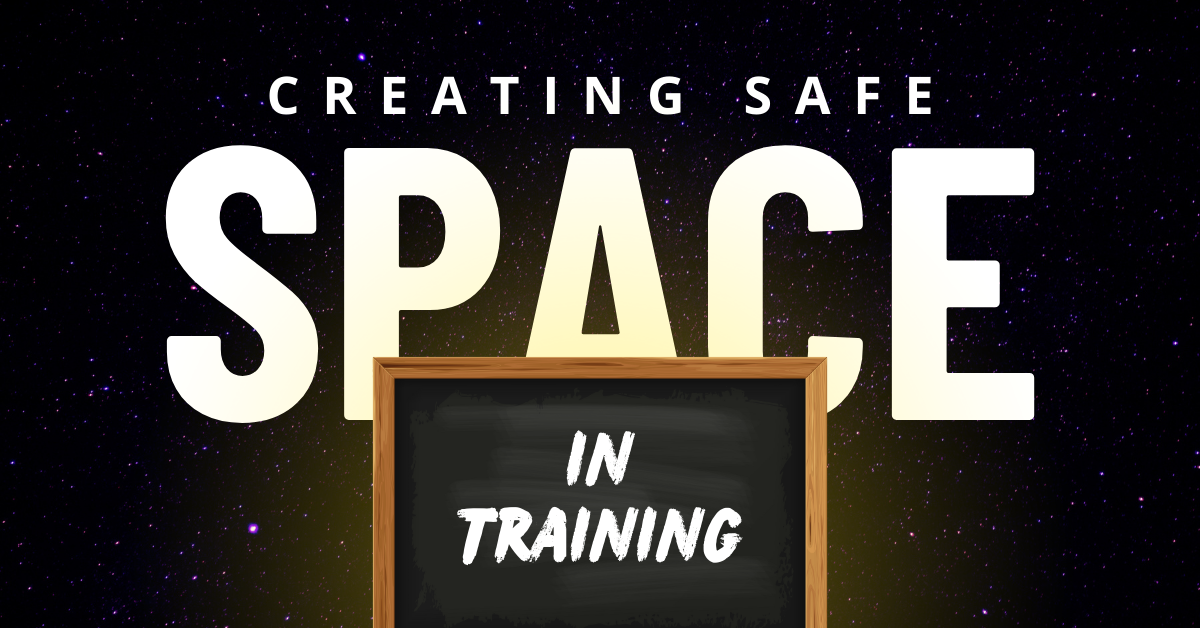What’s The Deal with Design Thinking?
Let’s talk about something that has the power to transform a business—Design Thinking.
Whether you’re tackling a small challenge or looking to innovate on a large scale, Design Thinking can help you approach problems creatively and effectively. Let’s dive into what it’s all about and see how you can apply it to your business.
Basics of Design Thinking
So, what is Design Thinking, and why is it important? Simply put, Design Thinking is a human-centred approach to problem-solving that emphasises empathy, creativity, and collaboration.
It’s not just for designers; anyone can use this process to find innovative solutions to tricky problems.
The beauty of Design Thinking is that it helps you understand the people you’re creating for, ensuring that the solutions you come up with are not only innovative but also relevant and effective.
Step-by-Step Guide
Now, let’s walk through the Design Thinking process. It’s usually broken down into five steps:
1. Emphatise
The first step is all about understanding the needs and challenges of the people you’re designing for. Get out there and observe, engage, and listen. Put yourself in their shoes and see the world from their perspective.
2. Define
Next, take what you’ve learned during the Empathise stage and define the problem. Craft a clear and concise problem statement that focuses on the user’s needs. This step is crucial as it sets the direction for the rest of the process.
3. Ideate
Now it’s time to get creative! Brainstorm a wide range of ideas that could solve the problem you’ve defined. Don’t hold back—encourage wild ideas and defer judgement. The goal is to generate as many ideas as possible.
4. Prototype
Once you’ve got some promising ideas, it’s time to build. Create simple and tangible prototypes of your ideas. Prototyping helps you explore how your ideas might work in the real world and gives you something concrete to test.
5. Test
Finally, test your prototypes with real users. Gather feedback and learn what works and what doesn’t. This step is all about refining your solutions and making them better.
Remember, Design Thinking is an iterative process. You might need to cycle through these steps multiple times to arrive at the best solution.
Real-World Applications
Let’s look at some real-world examples of businesses that have successfully used Design Thinking to innovate and solve problems.
1. Airbnb
When Airbnb was struggling to get off the ground, the founders decided to use Design Thinking to understand why. They spent time with their users, empathising with their experiences and challenges.
They discovered that poor-quality photos of rental listings were turning potential customers away. By implementing professional photography services, they significantly improved the user experience and saw a dramatic increase in bookings.
2. IBM
IBM has embraced Design Thinking on a massive scale, integrating it into their culture and business strategy. By focusing on user needs and rapid prototyping, IBM has been able to innovate across various products and services.
One notable example is their AI platform, Watson, which has been applied in healthcare to help doctors diagnose and treat patients more effectively.
3. PepsiCo
PepsiCo used Design Thinking to revamp its product development process. By empathising with their customers and focusing on healthier options, they launched new products that met evolving consumer preferences.
This approach not only boosted sales but also helped PepsiCo stay relevant in a competitive market.
4. Twenty-Four Consulting
At Twenty-Four Consulting, we use Design Thinking to provide better services to our customers. Our founder, Ali, who has been in the training industry for 20 years, realised that many training programs are too generic and don’t align with a company’s goals.
By empathising with our clients and tailoring our training programs to their specific needs, we ensure that our customers achieve the results they deserve from their training investments.
These examples show how powerful Design Thinking can be when applied thoughtfully. It’s not just about solving problems; it’s about creating solutions that resonate with people and drive meaningful change.
Bringing It All Together
Design Thinking is a versatile and powerful tool that can transform the way you approach business challenges. By focusing on empathy, creativity, and collaboration, you can develop innovative solutions that truly meet the needs of your users.
Whether you’re a startup or a large corporation, embracing Design Thinking can help you stay ahead of the curve and create lasting impact.
So, are you ready to transform your business with Design Thinking? Give it a try, and see how this human-centred approach can take your ideas from concept to reality.
By Ali Reza Azmi
Founder & Consultant @ Twenty-Four Consulting
By Ali Reza Azmi
Founder & Consultant @ Twenty-Four Consulting
Related Posts










